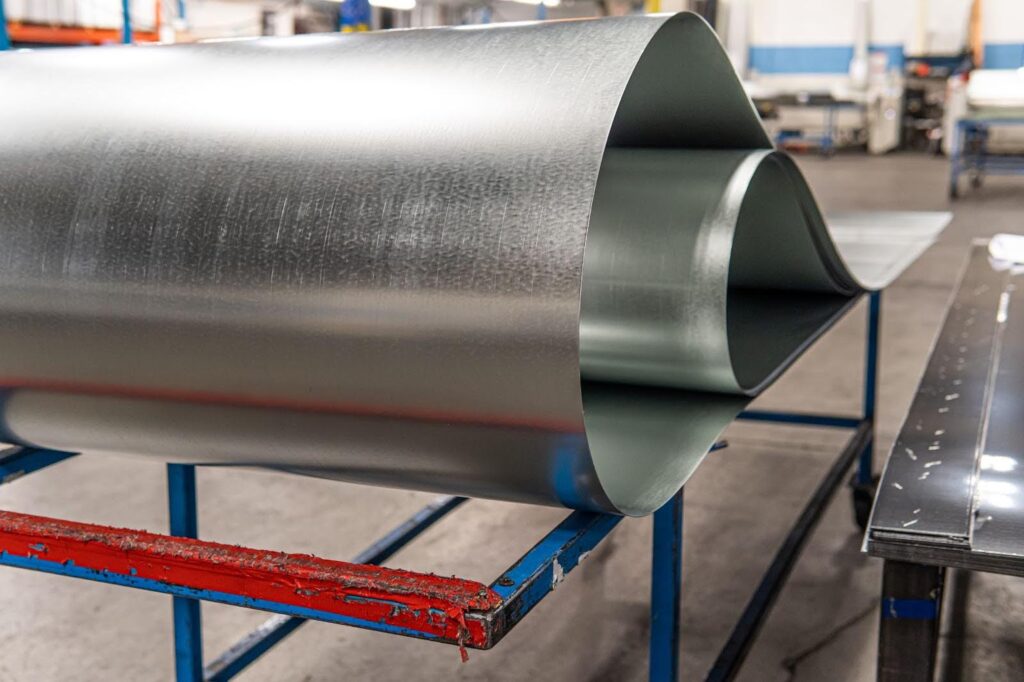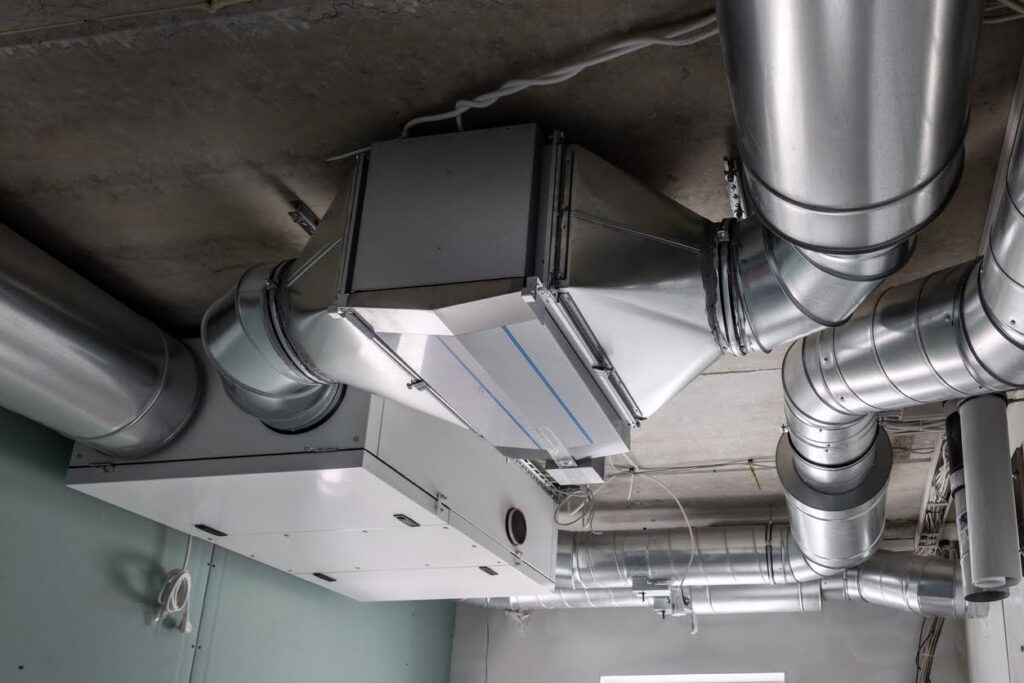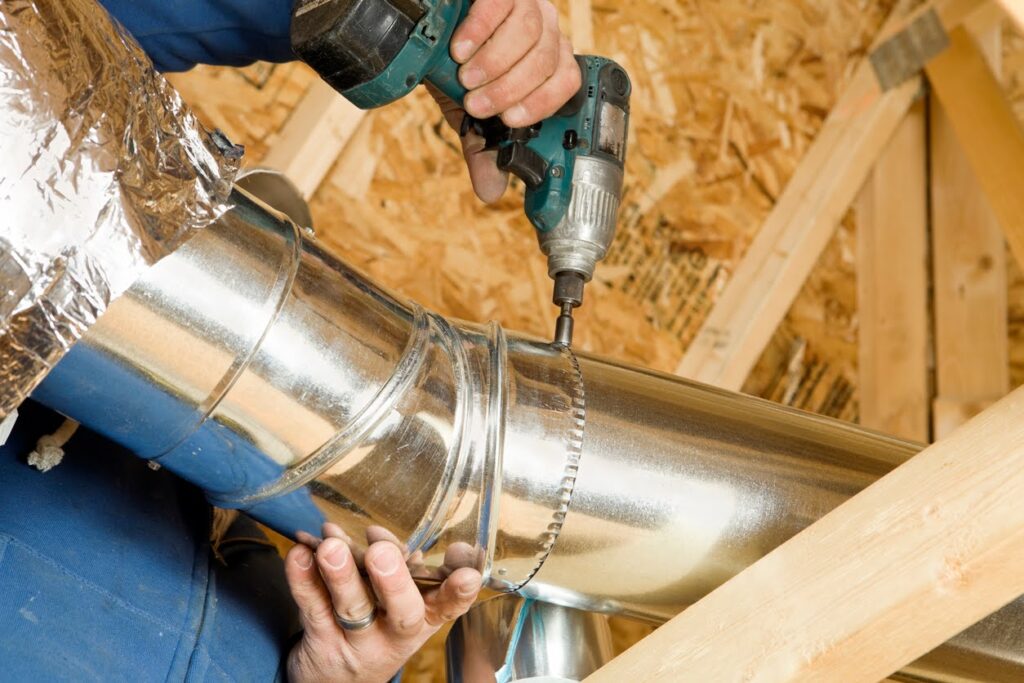Introduction
In industrial settings, airborne dust and particulate matter pose significant challenges to both the health and efficiency of workers and machinery. Dust generated during various industrial processes can lead to respiratory problems, create safety hazards, and compromise the quality of products. To combat these issues, an effective dust collection system is essential. In this article, brought to you by the sheet metal fabrication experts at Avon Lake Sheet Metal, we will explore the importance of dust collection systems and how they improve air quality in industrial environments.
The Impact of Dust in Industrial Settings and Why Dust Collection Systems Are Essential
Health Hazards: Depending on their composition, airborne dust particles can be harmful when inhaled by workers. Exposure to dust can lead to respiratory problems such as asthma, bronchitis, and other chronic respiratory conditions. Additionally, certain types of dust may contain toxic substances or carcinogens, posing severe health risks to those exposed to them over extended periods.
Machinery Efficiency and Maintenance: Dust accumulation on machinery and equipment can lead to reduced efficiency and frequent breakdowns. Dust can clog moving parts, contaminate lubricants, and interfere with delicate sensors, causing production delays and increased maintenance costs.
Fire and Explosion Hazards: In some industries, combustible dust can create fire and explosion hazards. When fine particles of flammable materials are suspended in the air, they can ignite if exposed to an ignition source, leading to catastrophic consequences for both personnel and property.
But How Do Dust Collection Systems Actually Work?
Great question! There are several critical steps in the process. These include:
Collection Mechanism: Dust collection systems employ various collection mechanisms to capture airborne particles. The most common method uses a combination of hoods, ducts, and collectors strategically placed at dust generation points. As dust-laden air is drawn into the system, it passes through filters or cyclone separators, where the dust particles are separated and collected, leaving clean air to be released back into the environment.
Filtration: Filtration is a crucial aspect of dust collection systems. Filters, such as bag filters or cartridge filters, trap and retain the dust particles while allowing clean air to pass through. The type of filter used depends on the size and nature of the dust particles to be captured. Regular maintenance and replacement of filters are necessary to ensure optimal system performance.
The Many Benefits of Dust Collection Systems
Improved Air Quality: The primary objective of dust collection systems is to improve air quality by removing harmful airborne particles. By effectively capturing dust at the source, these systems prevent the dispersion of contaminants into the surrounding environment, safeguarding the health of workers and the quality of products.
Enhanced Safety: Dust collection systems significantly reduce fire and explosion hazards in industries with combustible dust. Minimizing the accumulation of fine particles mitigates the risk of dust-related accidents, creating a safer working environment for all personnel.
Increased Equipment Efficiency: A well-designed dust collection system prevents dust accumulation on machinery and equipment, thus enhancing their efficiency and extending their operational lifespan. Businesses can achieve higher productivity and profitability by reducing downtime and maintenance costs.
Regulatory Compliance: Many industries are subject to regulations regarding air quality and dust control. Implementing a reliable dust collection system ensures compliance with environmental and occupational health standards, avoiding potential legal issues and fines.
Conclusion
Dust collection systems are indispensable in industrial settings, where airborne dust can lead to serious health hazards, machinery inefficiency, and safety risks. By effectively capturing and removing dust at the source, these systems improve air quality, protect workers’ health, and enhance overall industrial productivity. As a leading provider of precision sheet metal fabrications, Avon Lake Sheet Metal is dedicated to assisting industries in creating custom dust collection systems tailored to their specific needs.
For expert guidance and solutions in dust collection systems and other sheet metal fabrications, contact Avon Lake Sheet Metal today. Our specialists are ready to work closely with you to ensure a clean, safe, and efficient industrial environment.



